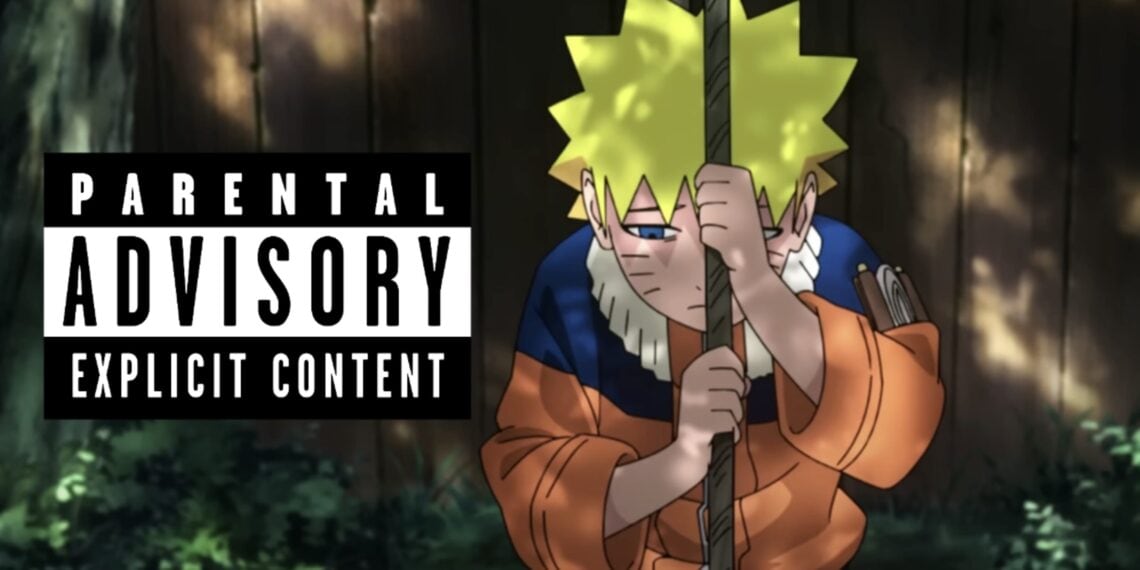The English dub release of Naruto was a seminal moment in the history of anime’s arrival and growth of popularity in North America. Along with series like Dragon Ball and Pokemon, Naruto helped usher in a new wave of interest in Japanese animation in the early 2000s.
At the time, anime was still finding its footing in terms of localization and distribution for Western audiences.
It was not uncommon for English dubs to take liberties with the source material, sometimes altering dialogue or plotlines.
Though Naruto did not suffer as much from these changes, its airing on Cartoon Network, a youth-oriented channel, necessitated content warnings about the violent ninja action depicted in the series.
The resurfacing of Cartoon Network’s infamous on-screen advisories for Naruto serves as a bit of nostalgic lost media today.
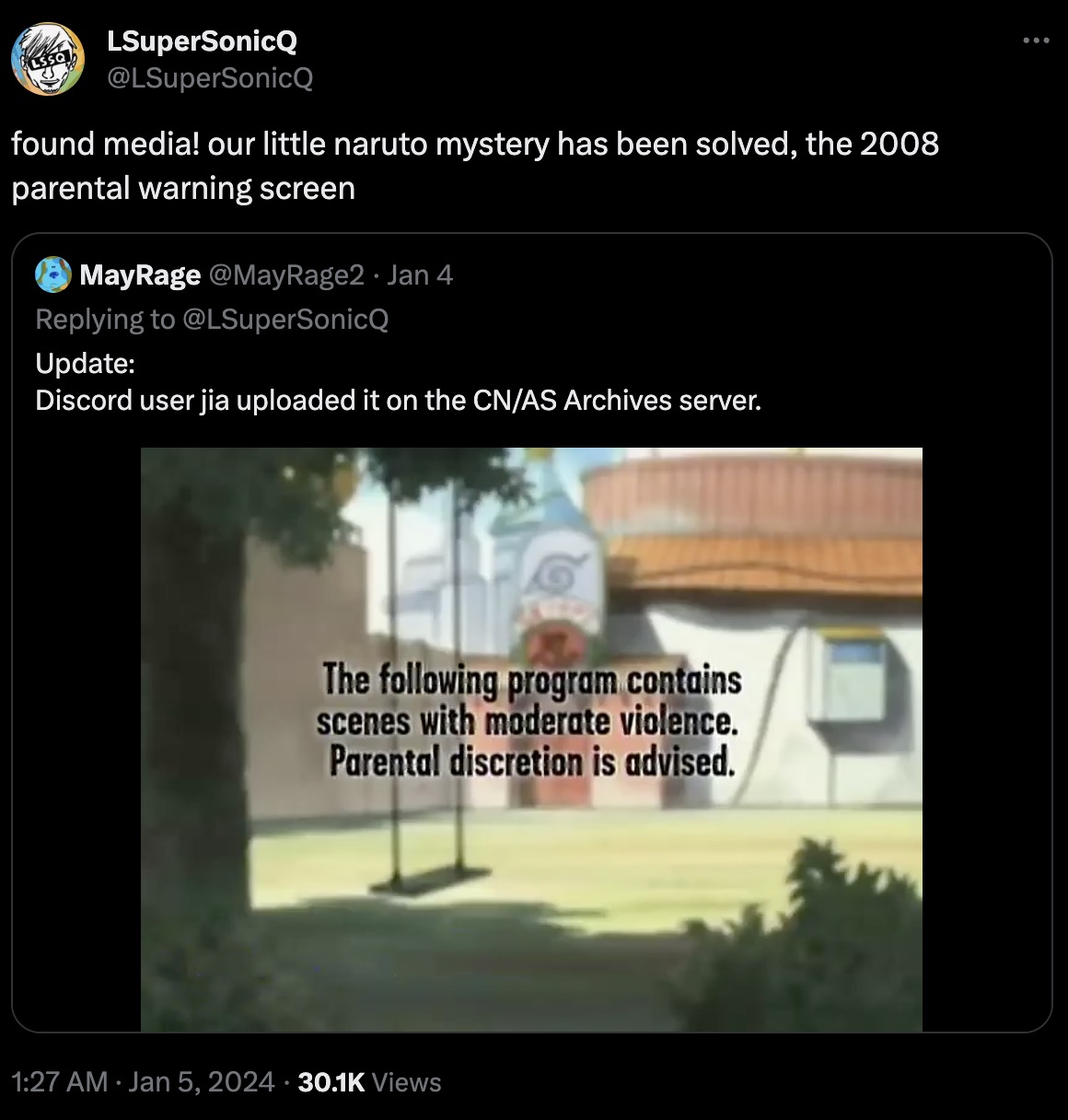
It provides a window into an era when anime was still novel and foreign media was gaining traction in the US. The disclaimers were a sensible precaution for the network to take, given the action-oriented shounen content and younger target demographic.
This bit of history is a reminder of anime’s humble beginnings and steady rise in the Western entertainment landscape.
The Anime Content Warning That Defined Naruto’s Era
A tweet by a user recently unearthed a bit of nostalgia for anime fans – the content warning that used to air before Naruto episodes on Cartoon Network.

This simple advisory was essentially a disclaimer about the ninja action and violence depicted in the series, recommending parental supervision for young viewers.
Though not remarkable on its own, this resurfaced artifact sparked nostalgia, especially for older anime fans.
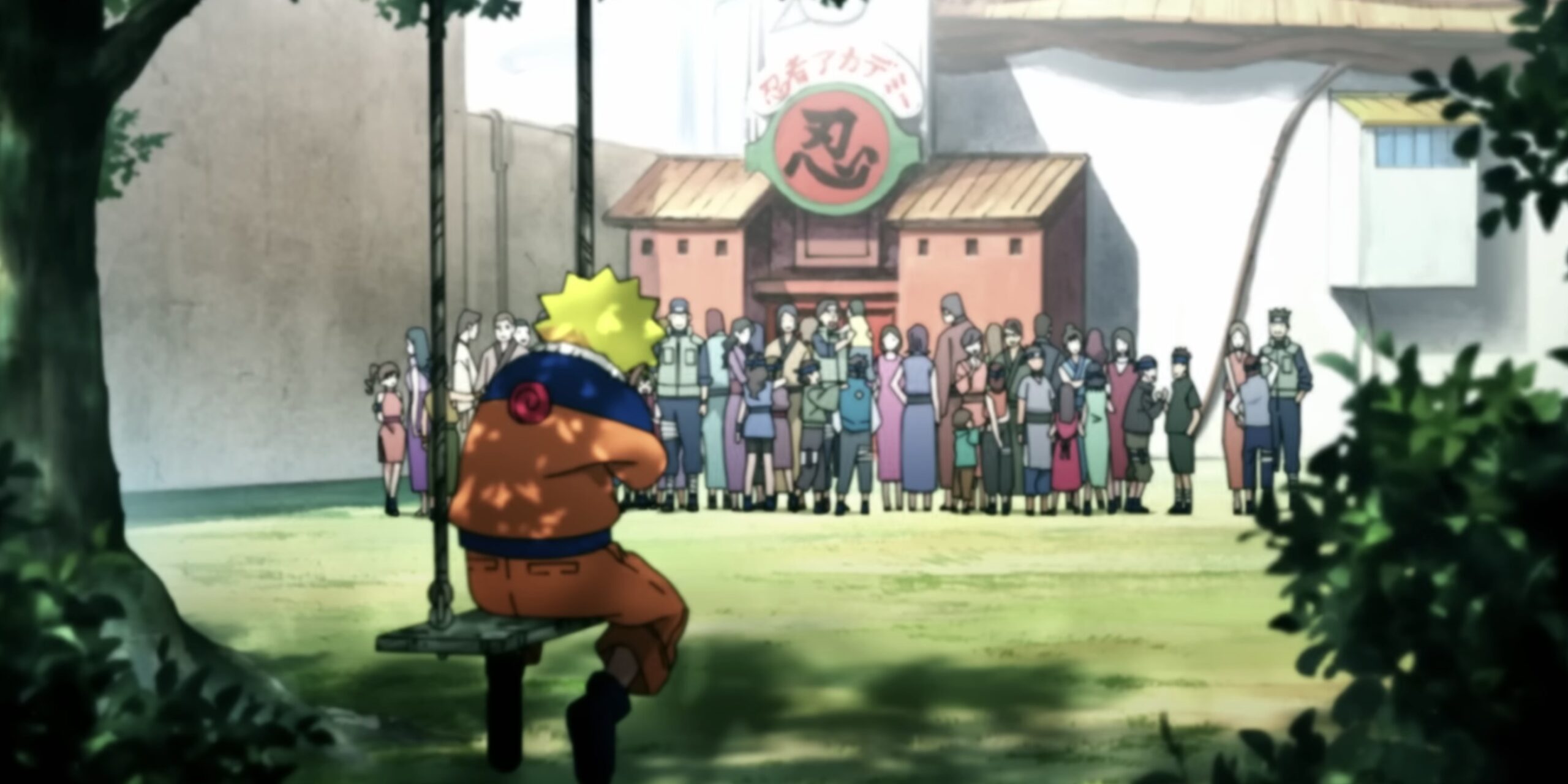
It harkens back to a pivotal time when anime was gaining prominence on American television, thanks to series like Naruto, Dragon Ball, and Pokemon.
Their popularity introduced many in the West to Japanese animation and helped drive its growth in mainstream acceptance.
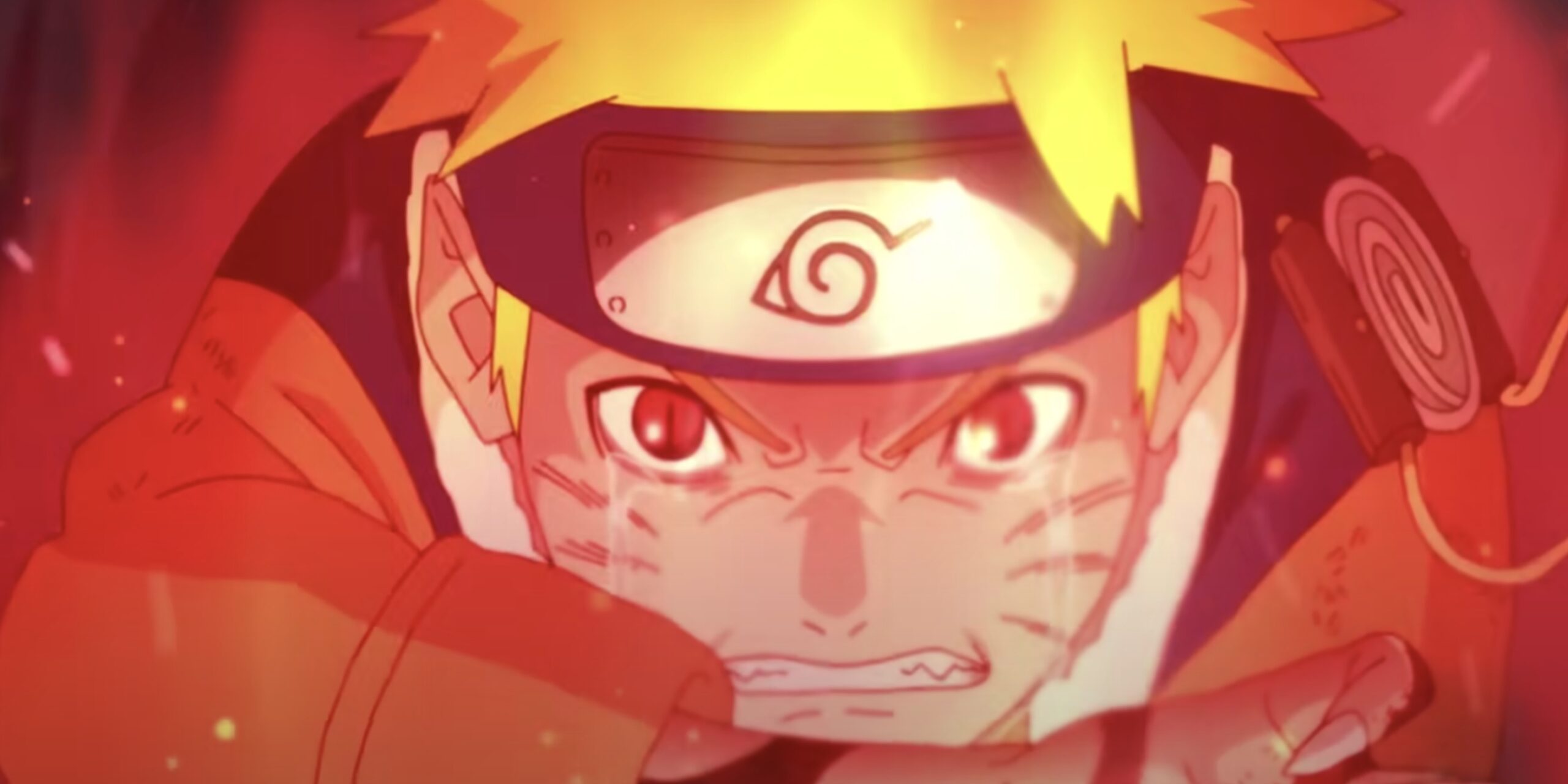
Masashi Kishimoto’s Naruto franchise, in particular, is credited as one of the most influential shounen series that shaped anime’s expansion in North America.
The Cartoon Network warning now serves as a timestamp, reminding fans of the days when anime was still finding its place in Western media and expanding beyond its niche status.
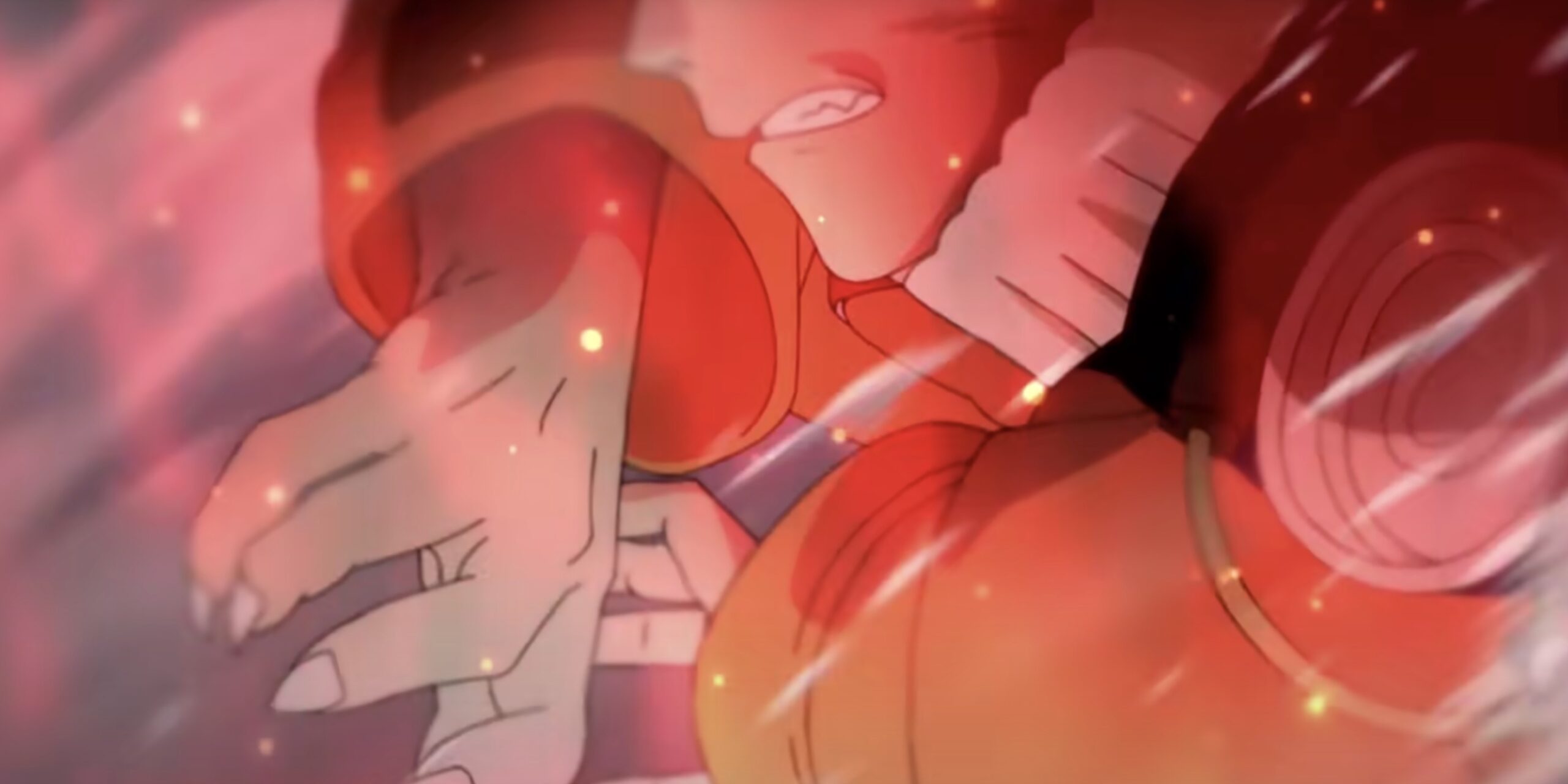
The advisory itself was sensible for the network but also shows how far the medium has come in establishing itself in the mainstream.
A relic that evokes nostalgia for the formative era that paved the way for anime’s current popularity.
The Mystery of Ambient Bird Sounds in Cartoon Network’s Naruto Warning
An intriguing detail about the resurfaced Cartoon Network content warning for Naruto was its accompaniment by ambient bird sounds.
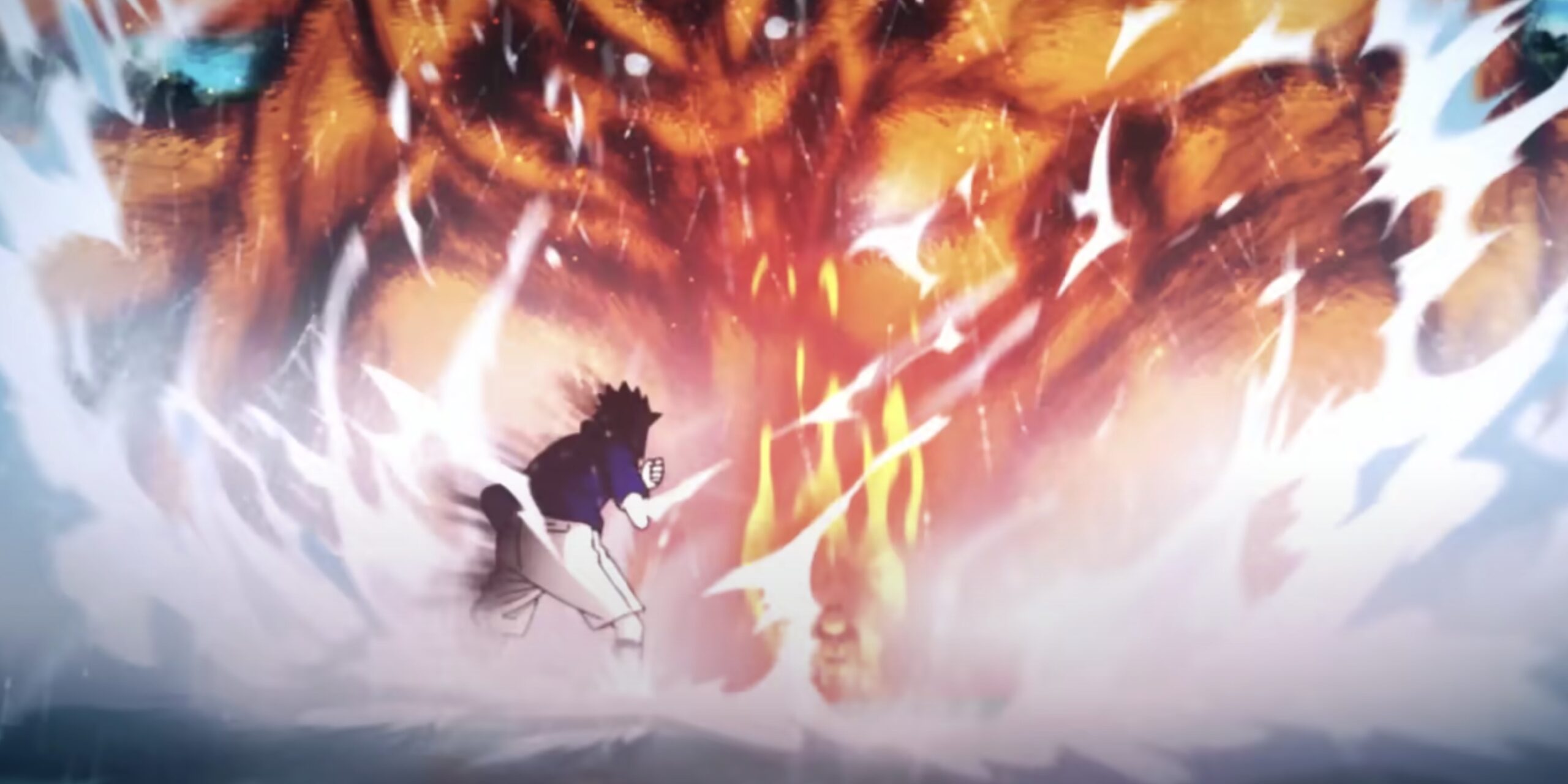
The reason for this audio choice is unclear and was likely just a random creative decision by the network. Nonetheless, the distinctive warning and its unusual bird chirping have sparked nostalgia.
Most importantly, the advisory represents an era when anime was starting to gain traction in the mainstream American entertainment market.
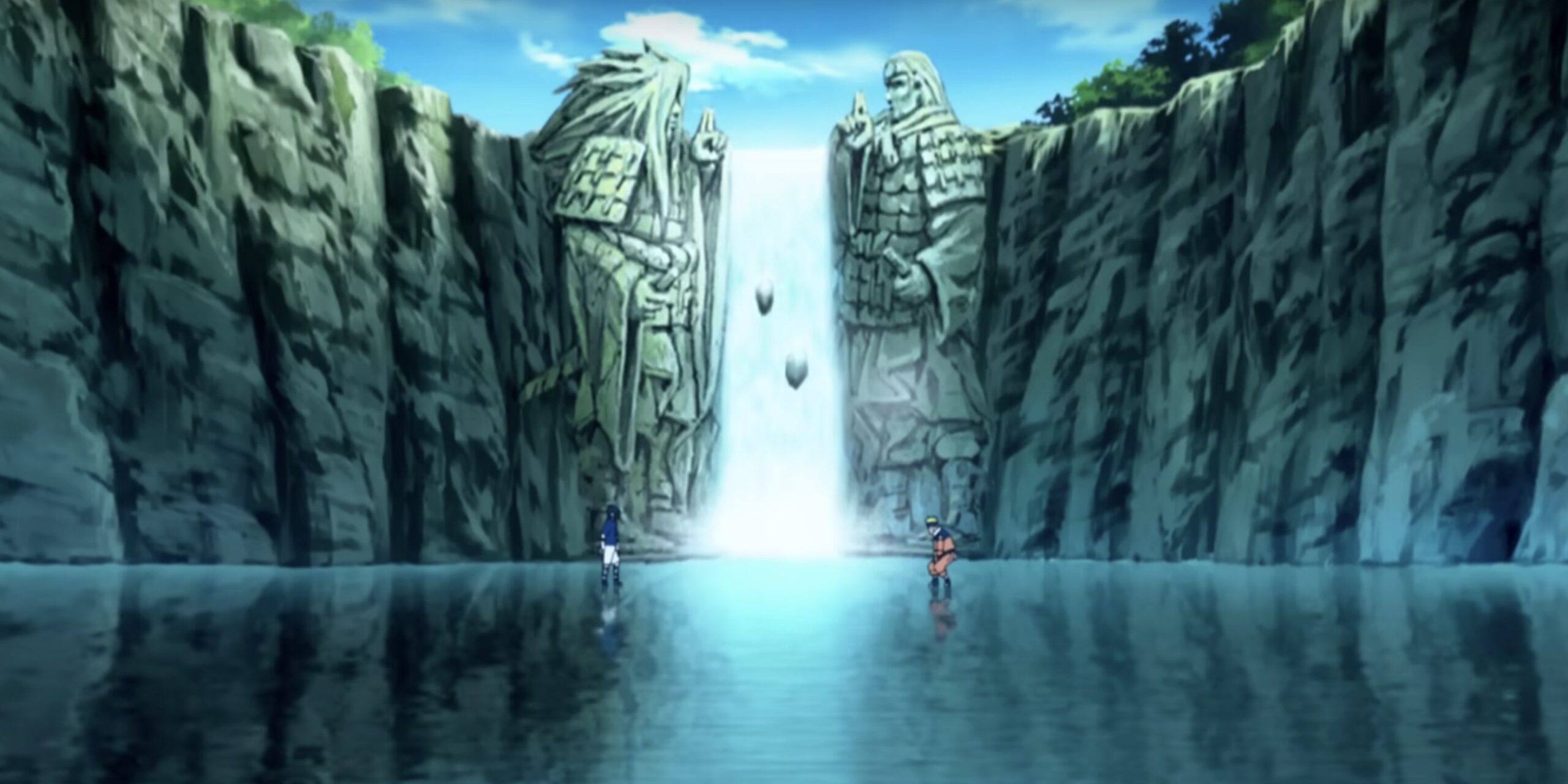
Series like Naruto was at the forefront of introducing Japanese animation to wider Western audiences beyond niche fandoms. The Naruto dub, in particular, was instrumental in anime’s growing popularity during the 2000s.
So, while the context of the bird sounds remains a mystery, the warning itself encapsulates a turning point for anime’s emergence in the US.

Driven by high-profile shonen series like Naruto, anime was claiming its place in mainstream pop culture and attracting new generations of fans.
The Cartoon Network disclaimer stands as an artifact from the early days of that transition before anime became the celebrated medium it is in North America today.
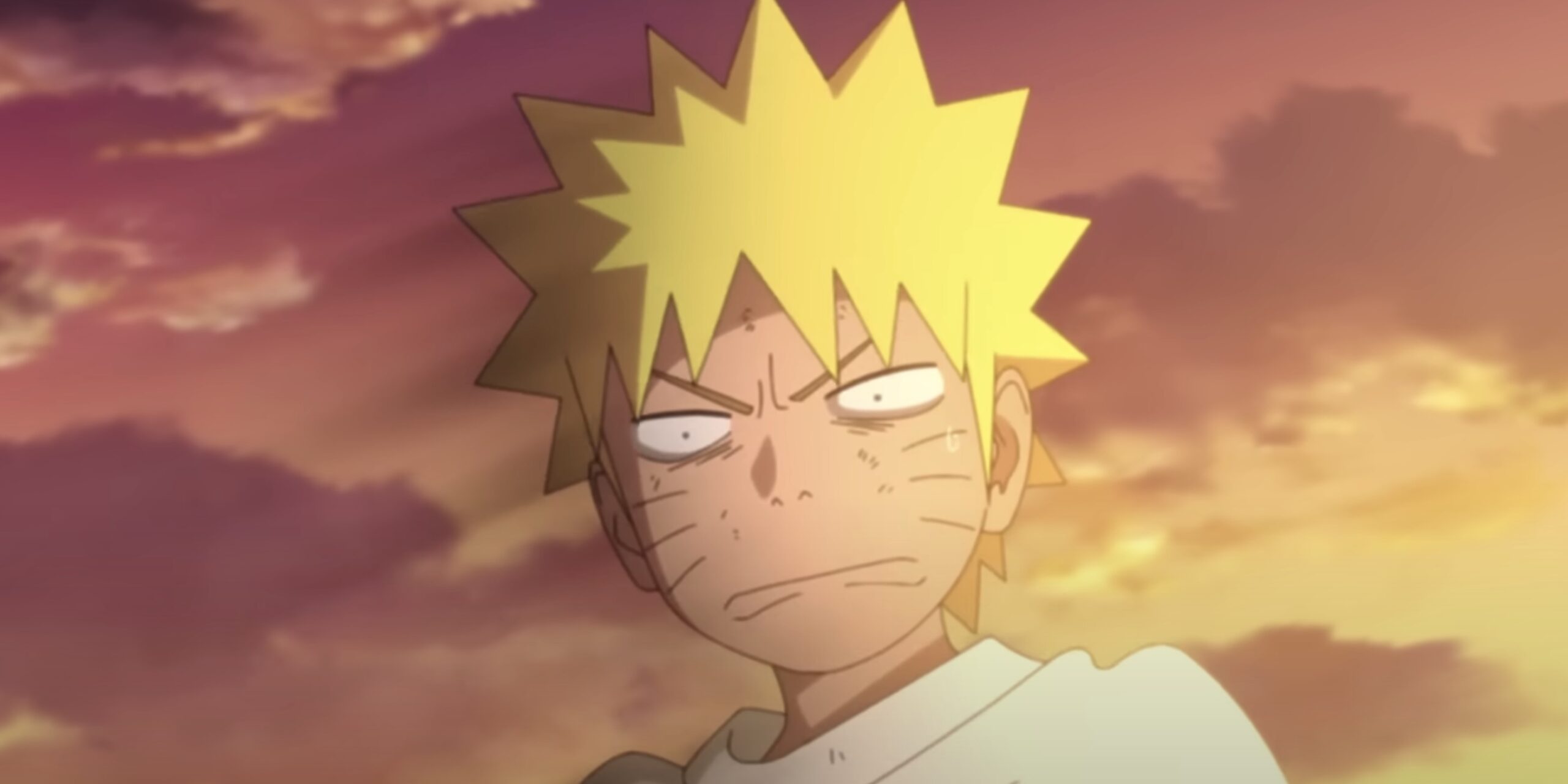
It is a curious footnote that evokes nostalgia for veteran fans and reveals how far the genre has come.
Naruto’s Enduring Legacy Rooted in Timeless Storytelling
While the English dub was pivotal in propelling Naruto’s popularity in North America, the enduring legacy of the series is rooted in the compelling story and characters.

Naruto is widely considered one of the greatest anime and manga franchises of all time, boasting phenomenal success and influence.
At its core, Naruto’s journey resonates deeply with audiences. His ambition to become Hokage, forming close friendships, and overcoming adversity are universally relatable themes.
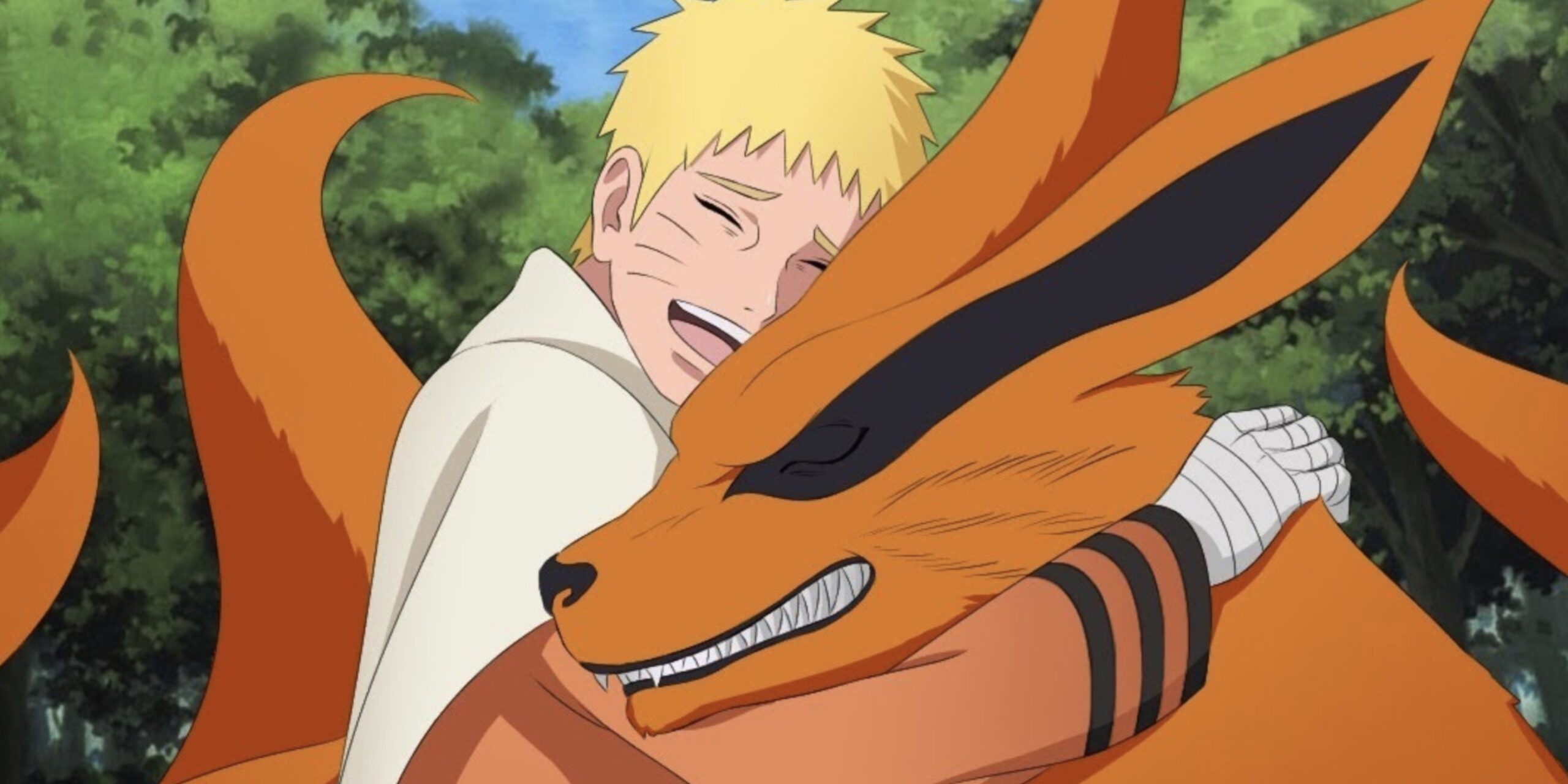
Naruto himself has become an iconic character, his orange-clad visage instantly recognizable. Certain moments and battles from the series have gone down in Shonen’s history.
Few manga can boast Naruto’s combination of mass appeal and critical acclaim. Its narrative captured hearts through a blend of mythic world-building, kinetic action, humor, and emotional depth.
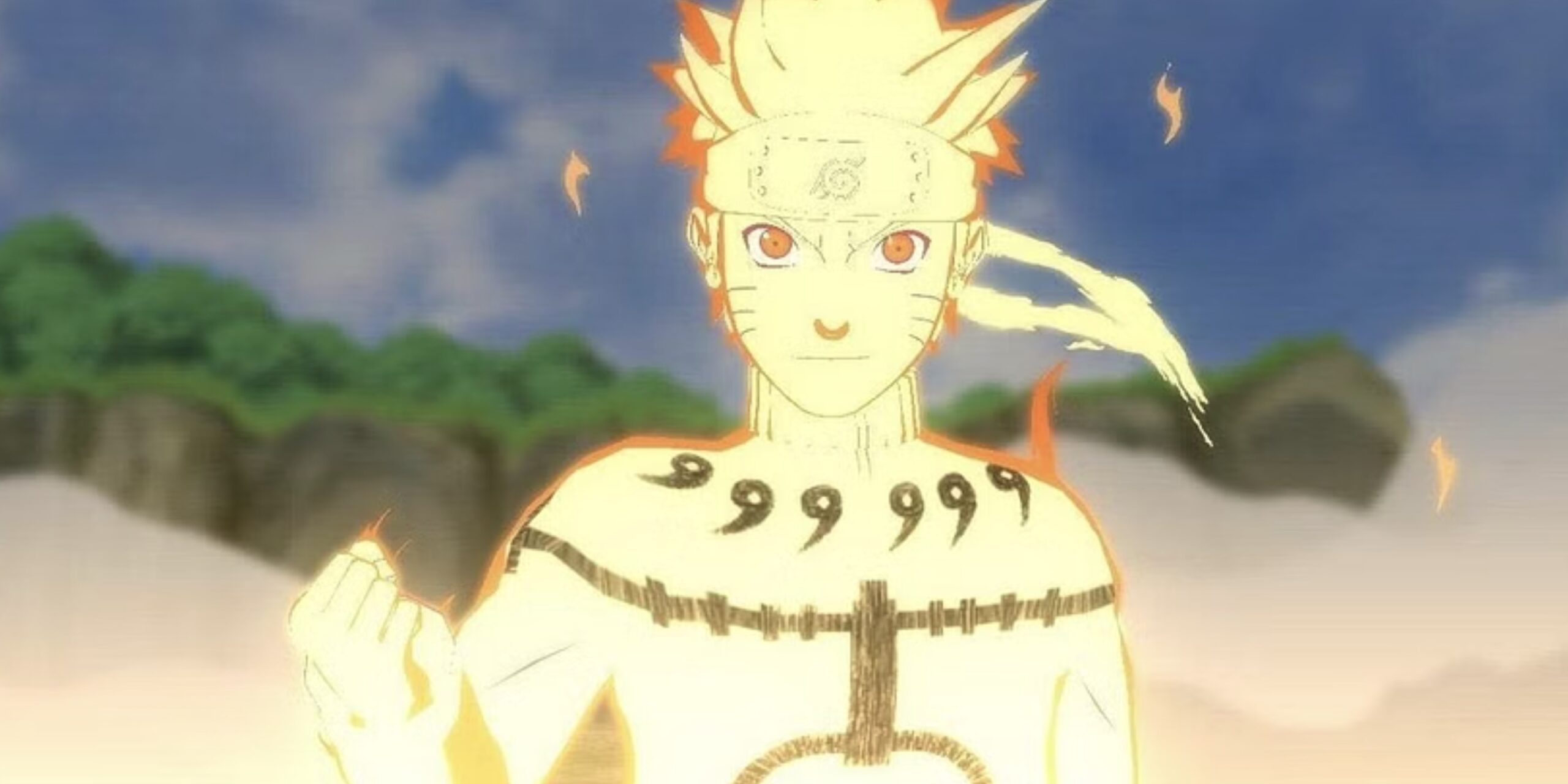
This potent storytelling is why Naruto remains one of the most popular and well-regarded anime/manga properties years after completion. Its enduring legacy is a testament to its creative vision.
So, while the English localization boosted its popularity abroad, Naruto’s essence as a masterfully told coming-of-age story is the true foundation of its cross-cultural resonance.
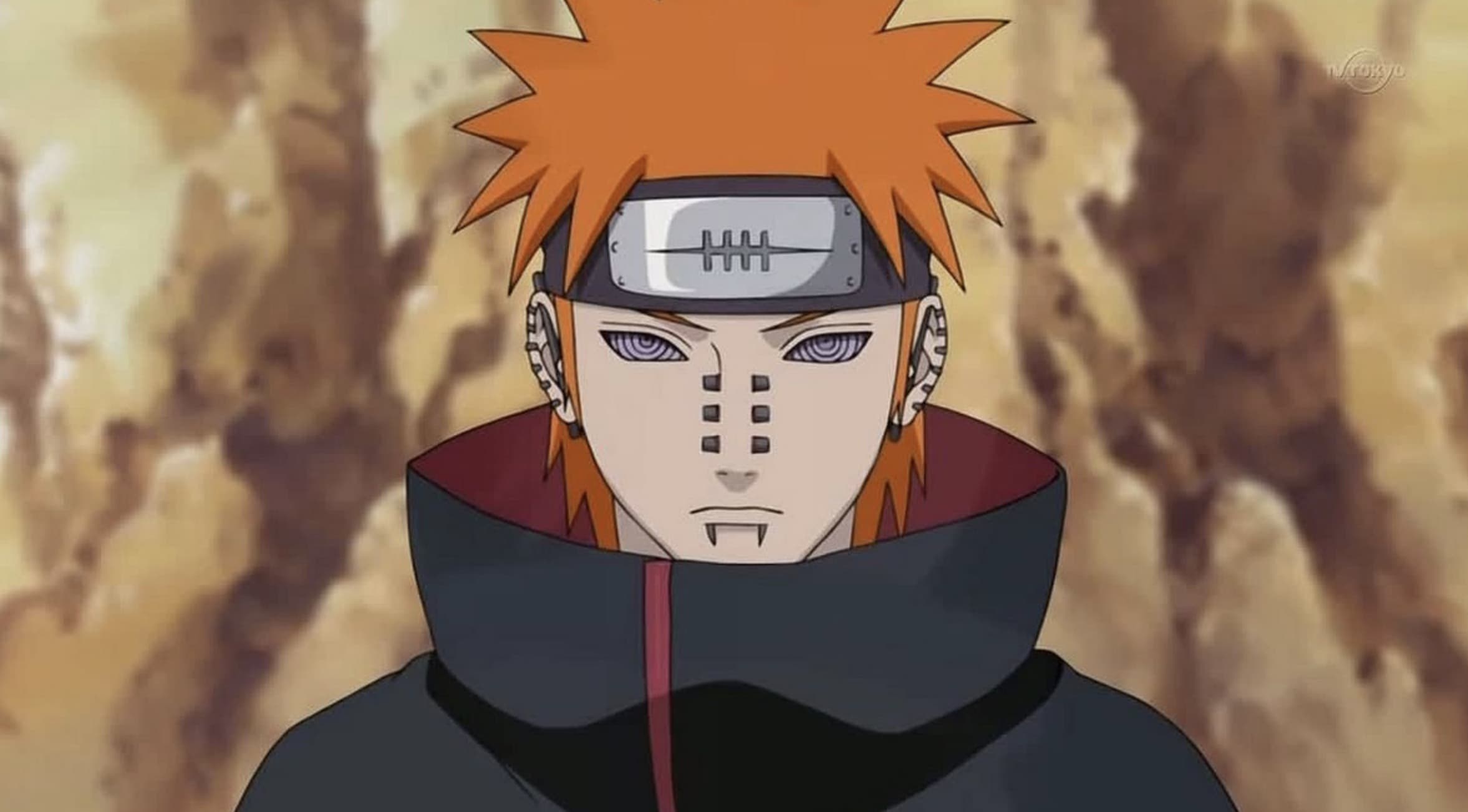
The series represented the full potential of the shonen genre, setting the bar high for successive franchises—a modern classic.


